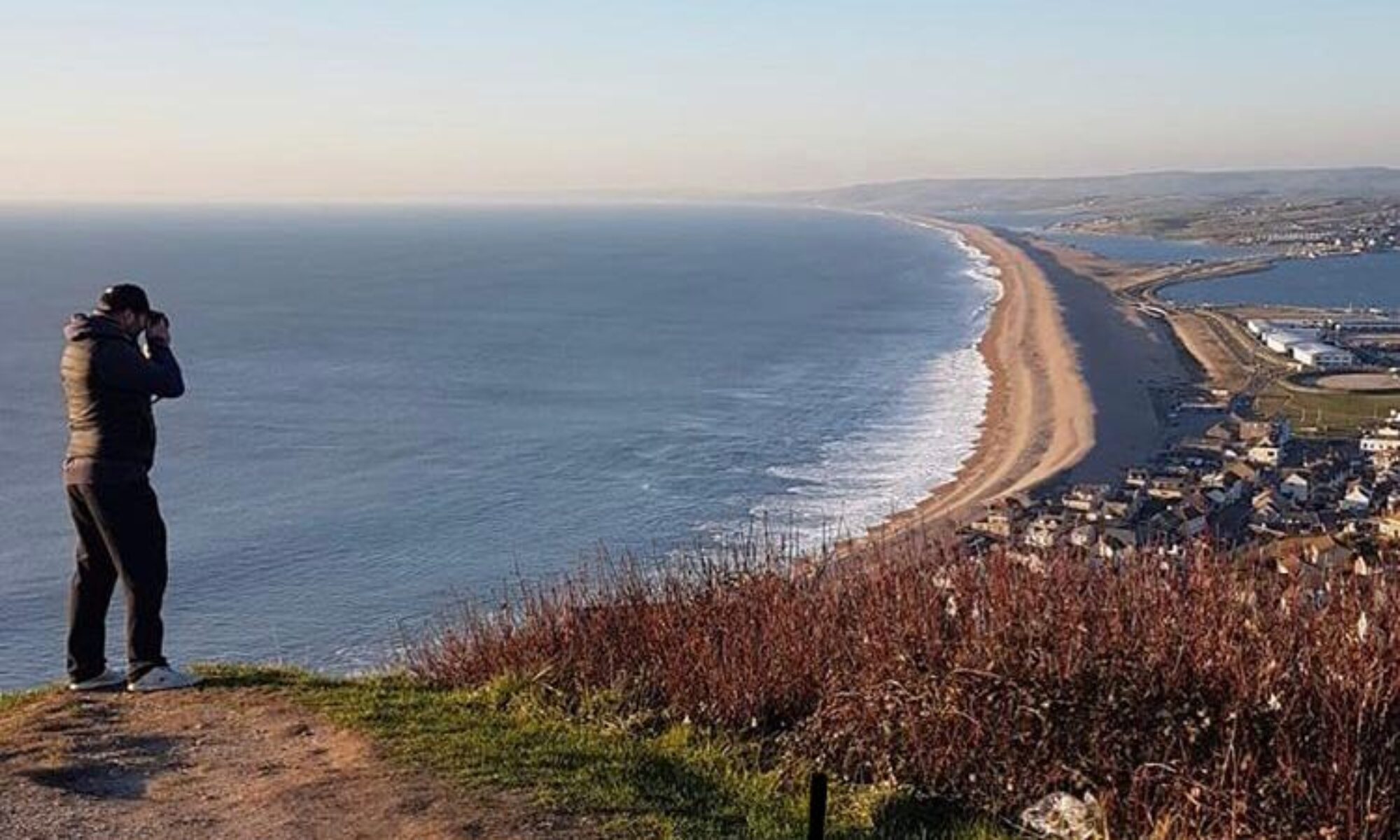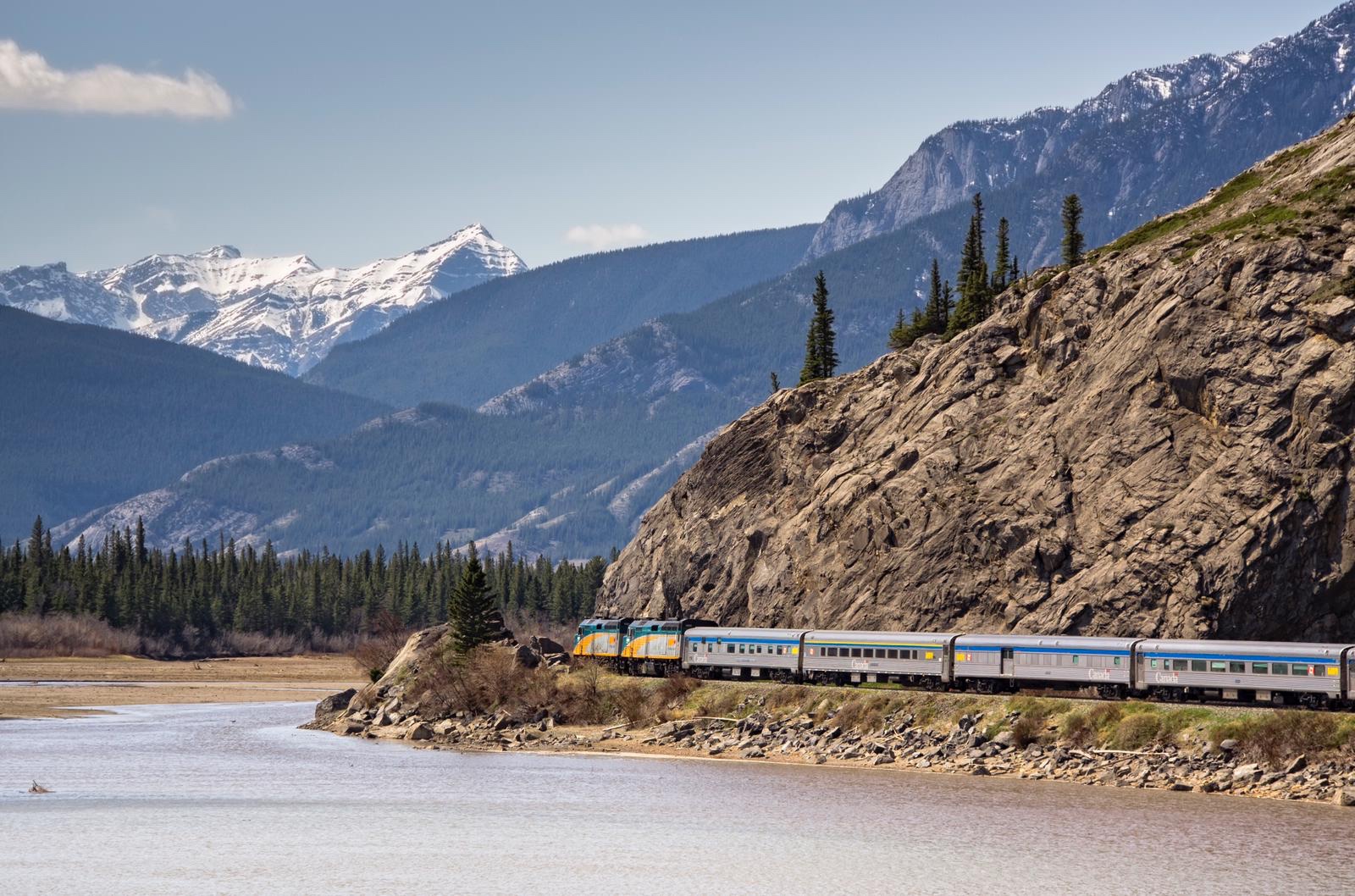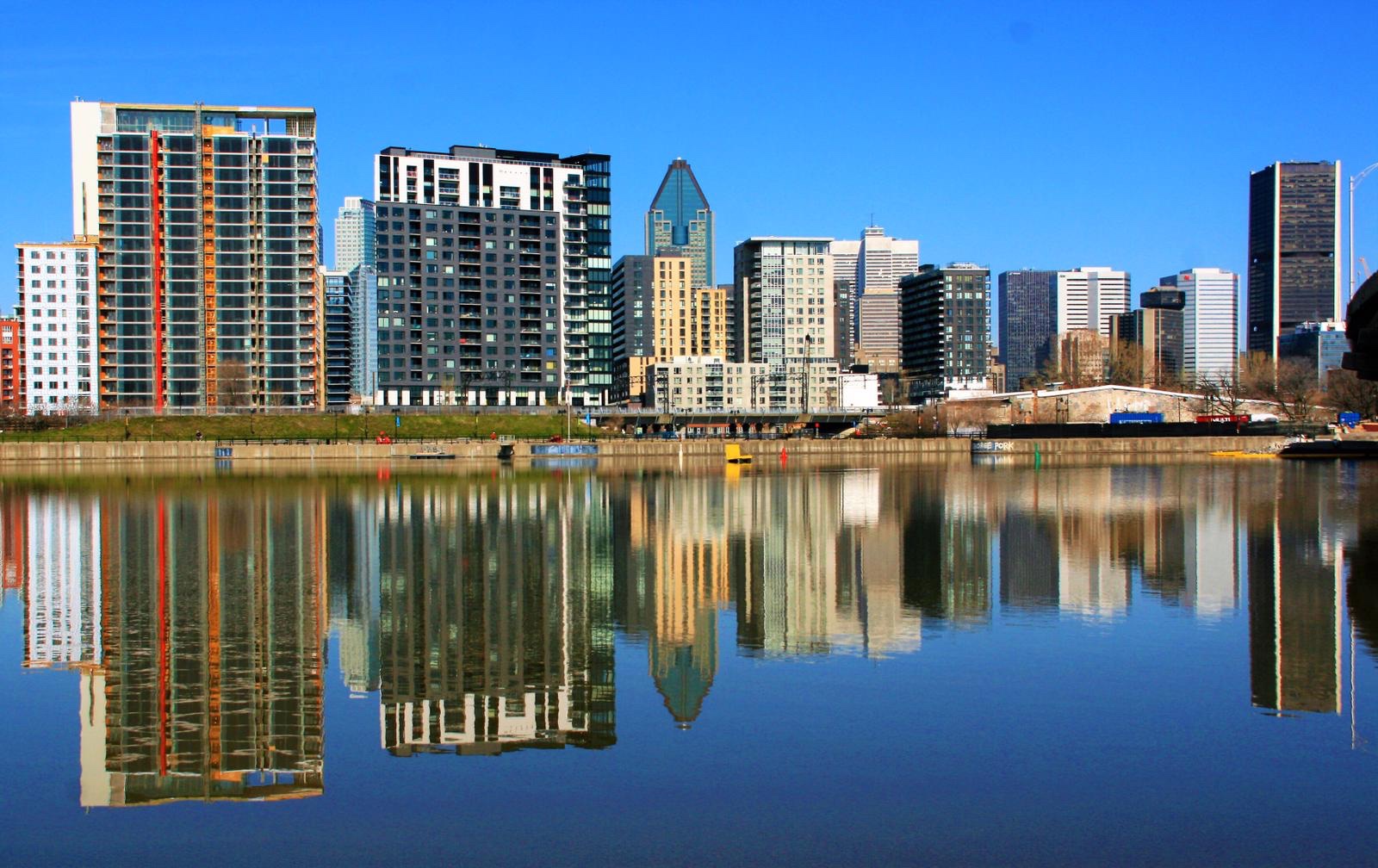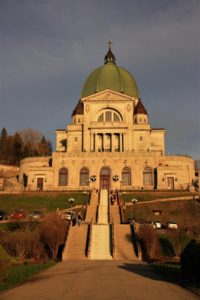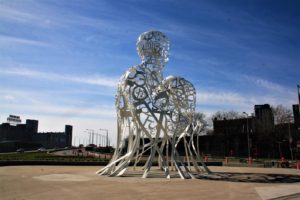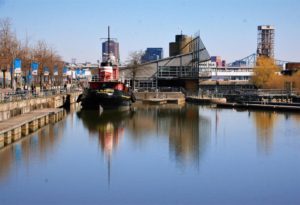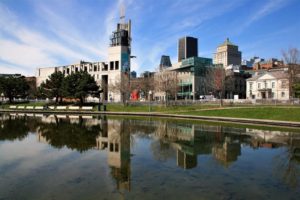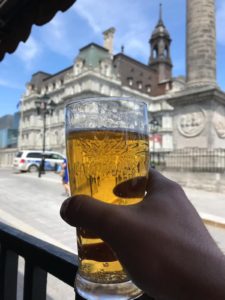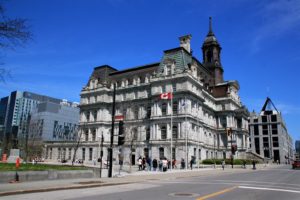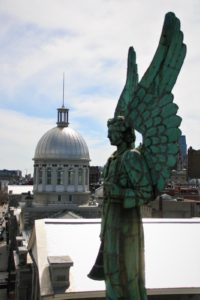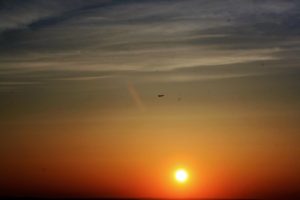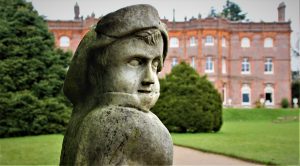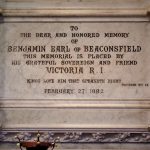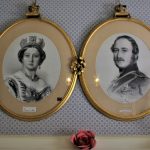This trip to Canada relied heavily on Via Rail Canada train transportation. My dear old friend is a railway enthusiast and was keen to use the trains in another land. Just before we left, almost by coincidence, Michael Portillo’s ‘great Canadian railway show’ was shown on tv. This gave us a glimpse of what was to come and showcased the railway journeys we were about to go on (I suspect he didn’t have to pay the huge sums of money we did)! Before watching the show, I had already put our itinerary together; if only it had come on before I had made plans. Instead we used his views for comparison. My dear old thing a regular of train travel back home, myself a complete virgin to long distance rail travel. We had tried interrailing across Europe, but somehow feel we got that a bit wrong.

We used Toronto as our central hub, and from here we got two Via Rail trains to Quebec via Montreal, a day trip to Niagara Falls, and the main event the Via Rail Canadian to Vancouver and back (8 trips in all). I had an extra journey as I returned to Montreal. So, our plan was to make the second largest train journey in the world, which was always going to perhaps be the highlight of the whole trip as we chugged slowly over Canada and through the Rocky Mountains.
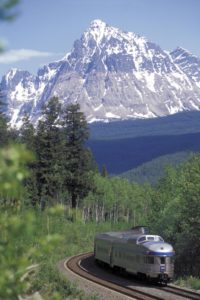
My train travel experience is limited but I can now add the ‘Canadian’ experience to my ever-growing list of travel accomplishments and can perhaps be the envy of many Canadians. It seems to be a rite of passage for them to compete this journey once in their lifetime. Dare I say this that it certainly whetted the appetite to experience train travel elsewhere around the world as differing landscapes slowly swept by and you sat back and relaxed.

An engine breakdown aside, our Via Rail trip to Quebec was totally worth it. It highlighted the creation of the railways in Canada; every city looks like it had a hotel designed by the owners for the benefit of the railway. In each city visited this was clearly evident and in some more than others. The buildings were perhaps inspired by European influences (as perhaps Canada itself is). Take a look at the chateau in Quebec and baronial building in Banff and it’s easy to see European. This European influence was not so evident in the hotels in Toronto and Montreal – clearly, they had been over taken by modern architecture.
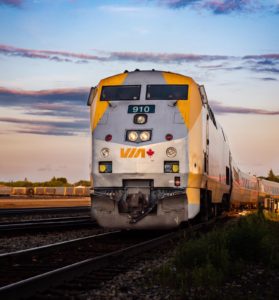
The second trip was a disappointing trip back to Niagara Falls for me and an opportunity for my senior friend to say that he had seen the falls. This time the trip allowed us to experience Amtrak, and again this has perhaps whetted the appetite for some American train travel. The least said about a day in Niagara is the best; it was with haste we headed back to Toronto for the main event, duly noting the experience.

The main event was ‘the Canadian’. This was a somewhat slow and sometimes tedious experience as this passenger service was often left to give way to frequent and enormous freight trains. This is a complete and utter contrast to the British railway system where the opposite is true – passengers first, freight second. An interesting timetable schedule meant an unplanned exploration of Winnipeg and a worrying pub visit in Melville. Then almost out of nowhere we arrived at what I had been waiting for – the famous Rocky Mountains. They were still covered in a winter blanket. Awe inspiring landscapes of unbelievable natural beauty were either side of a corridor through which to run. The track ran parallel with differing rivers and canyons at times – was there ever a greater backdrop to travel. To my mind such beauty felt like it was being disturbed and destroyed as trains constantly chugged through the iconic mountain range, something not only the railway but all of us need to think long and hard about. The actions we take in purchasing tickets and pleasure seeking surely cannot be sustained. Food for thought, surely?
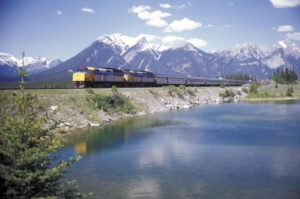
Our experience was with Via Rail that appears to be the lesser known of the Canadian railway companies. Certainly, to those in Britain, the Rocky Mountaineer (RM) is well known but this train only travels on part of the rail system to the west of the country. The experience on the well marketed RM comes with a price and surely this train is backed up with powerful financial resources. It would be difficult to compare the services without experience of both, but the impression given is that the RM is for the discerning and well-heeled tourist. Any overnight stop necessitates leaving the train to find a motel and then returning to the train the next day. This would not have suited my travelling companion. We were happy to be in overnight accommodation on the Via Rail train. Whichever way it is seen daylight travelling through the Rockies is an experience not to be missed. Rumour has it that this is one of the world’s most spectacular rail journeys.
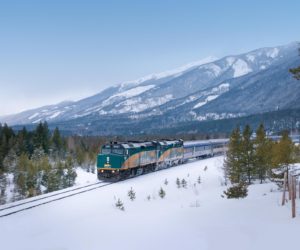
The experience on ‘the canadian’ was superb. A great many companions were met, we enjoyed excellent food, and as the waiters said, ‘We’ve heard about you!’ as I ensured I sampled all the meals on the menu!! If only I could have afforded the top of the range rooms, I would have abused the observation bar a lot more. Sadly, if provided a perfect spot for an afternoon beverage.

What wonderful and diverse rail experiences we enjoyed, and it has opened up this traveller’s heart to further railway adventures across the world. There were many pros and less cons to Via Rail and with those in mind it leaves me wanting more.
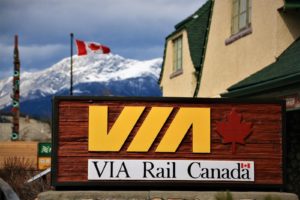
I wish I could take credit for some of these photos, sadly I have to pass that credit onto Via Rail who very kindly gave me permission to use them.
